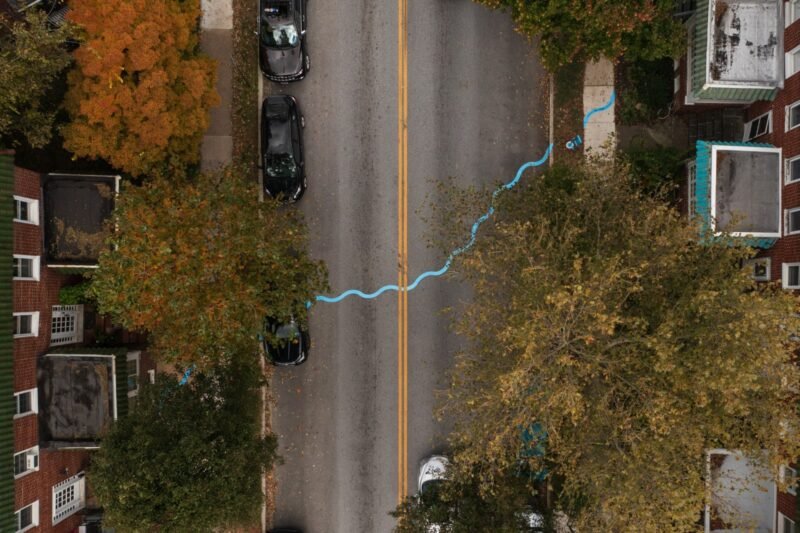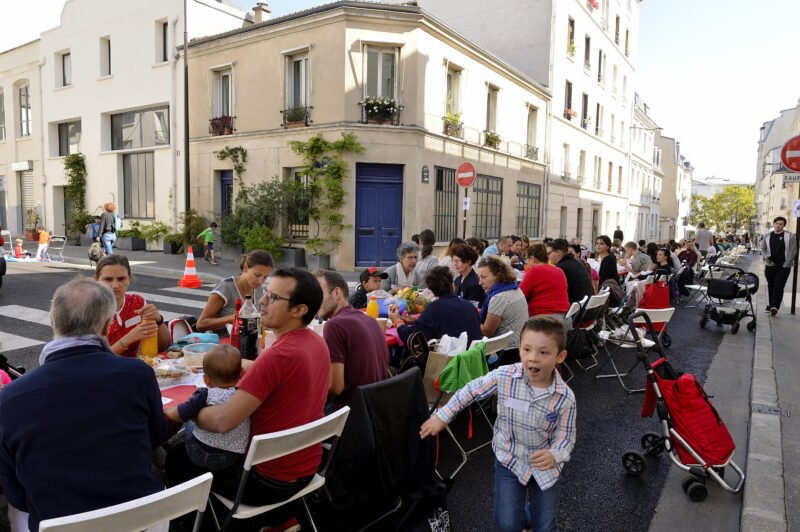Spin A Yarn, Granny!
Are traditional arts and crafts reclaiming their position in contemporary urban innovations? Yarn bombing, graffiti knitting or yarn storming is an example of how the past is able to regenerate new forms of handmade street art installations manifested in public spaces.
The yarn bombing movement started out in 2005 in Texas by Magda Sayeg, founder of Knitta Please. Sayeg sought to add colour to steel and concrete bits of the streets surrounding her clothes store by using cloth left-overs and knitting patterns. As a result, sign and lamp-posts, public statues, parking meters and telephone booths became targets for a creative “response to the dehumanizing qualities of the urban environment”, as Sayeg stresses.


Since then yarn bombing seems to be significantly growing into a vibrant movement, spreading over more permanent forms of street art such as graffiti. The ephemeral character of woven installations adds to existing types of graffiti art one encounters in the streets, while fine artists, such as Salford, UK-based Rachael Elwell, tend to perceive yarn bombing as “potential for marrying art and knitting”.

The threaded imagination of yarn bombers around the world has taken the traditional craft of knitting many steps further, incorporating at the same time the desire of reclaiming urban space in general, through tampering with its predefined and fixed character. Picking up the threads of the DIY movement, yarn bombers indeed seem to be contributing to a rather subversive process of ‘re-stitching’ the social fabric in public spaces. While Sayeg’s and Elwell’s projects have received significant support from knitters who take part in outdoors crochet activities, various knitting collectives have popped up in many cities around the world opening up to local societies and new members. In Elwell’s words, “I’ve come to realise that knitting has a strong community vibe to it… everyone’s got a social connection to it”.



